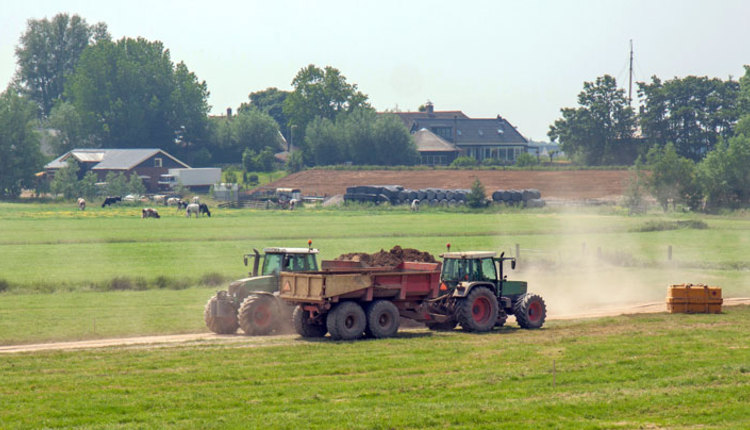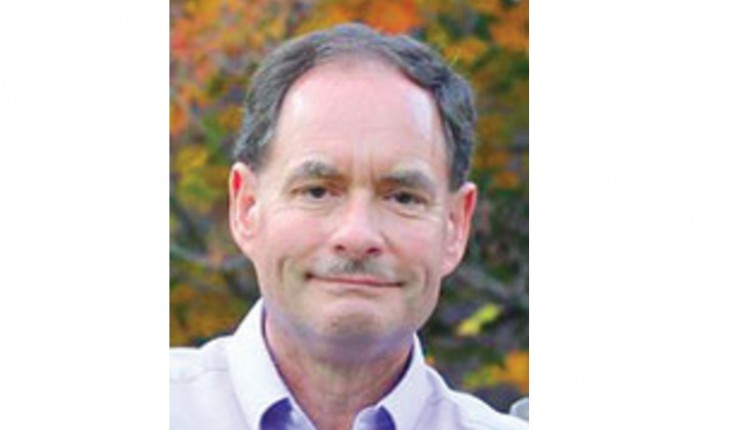The author is the president of Menke Consulting LLC, an agronomic and environmental consulting firm in Greenville, Ohio.

I have become a student of how authors carefully word things to express their bias. The hope of their misinformed opinion is that if printed as a fact often enough, it may become an accepted truth.
Since that set me off, I’m dedicating this article to a few things that bug me (without bias, of course). At the risk of offending a few or many, here are some comments or beliefs that get under my skin:
• Large livestock farms are bad for the environment. If Ohio is representative of the U.S. in general, we have over 30,000 livestock farms, of which fewer than 300 are large enough to be regulated. To stay in business, that 1% must account for every pound of manure and every drop of runoff water to ensure nutrients are balanced and waters remain clean. My instincts (and experience) indicate that the other 99% of farms need more attention.
• A specific soil test phosphorus number indicates whether there is a phosphorus runoff problem. Soil test phosphorus (P) is only part of the equation. Factors such as method of application, soil type and chemistry, field slope, tillage, and surface water connectivity are just a few aspects used to assess the impact phosphorus may have on water quality. A specific soil test P value is not the best indicator of potential issues. More targeted field areas and alternative test methods should be considered to predict P impacts on water quality.
• No-till and cover crops are the answer to protecting water quality. No-till took partial credit for “saving” Lake Erie in the 1990s by reducing P-containing sediments entering the lake. No-till and cover crops slow erosion, but over time, phosphorus levels will rise at the soil surface. There are indications that these practices are increasing soluble phosphorus runoff. Ironically, Lake Erie’s harmful algal blooms of recent years are correlated with elevated soluble phosphorus. Coincidence?
• Grid sampling is the best soil sampling method. Bill Clinton approved the use of accurate GPS for civilians in 2000, and fertilizer dealers quickly went from reluctant soil samplers to grid gurus armed with robo-recommendations. Universities were quick to jump on the “next great thing” and off we went.
We know whether a soil sample is taken from a 40-acre field or a half-acre computer generated grid, it’s only as good as its interpretation. In my experience with manured soils, especially with high yields and/or forage production, soil samples over two years old put us back in a position of guessing. When the frequency of grid sampling goes to four- or even five-year intervals because of sampling economics, I found the practice counterproductive. Even so, would we be able to manage manure in small grids? This leads to my next complaint . . .
• In-field variable rate manure applications are the way to go. The next exciting frontier? From a practical standpoint, variable rate applications of a multi-analysis fertilizer — manure — is chasing your tail. Which nutrient do you pick to determine rates? Is every gallon or ton the same? How will you even out the other nutrient variables you created across the field? I assume it can be done with multiple trips of variable rate fertilizer applications, but at what cost?
We erroneously treat soil fertility like an exact science. The longer you work with soil, the more you realize it’s a living, breathing ecosystem that interacts in imprecise ways. Once we grasp that concept, we can stop pretending we can control everything and look at manure applications more holistically.
This article appeared in the May 2022 issue of Journal of Nutrient Management on page 22. Not a subscriber? Click to get the print magazine.









